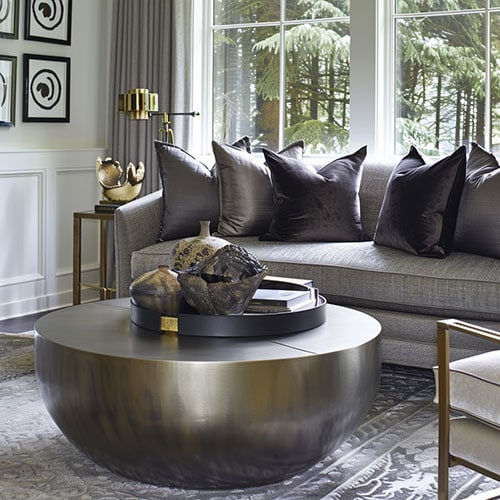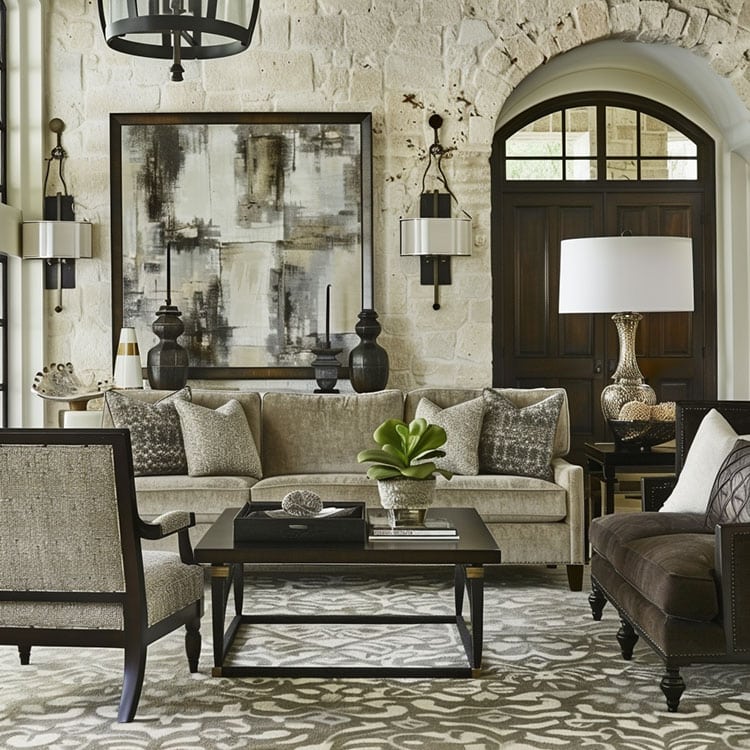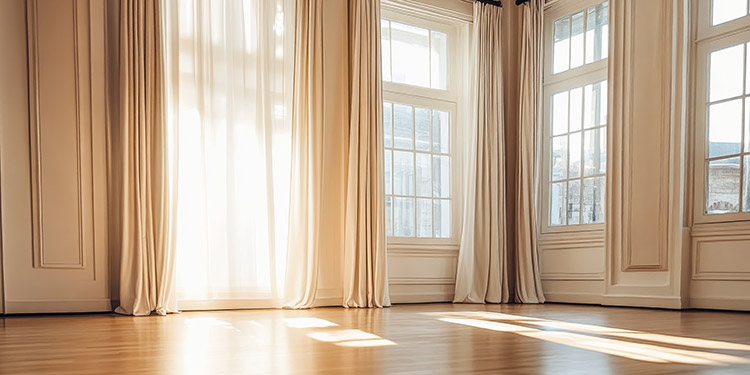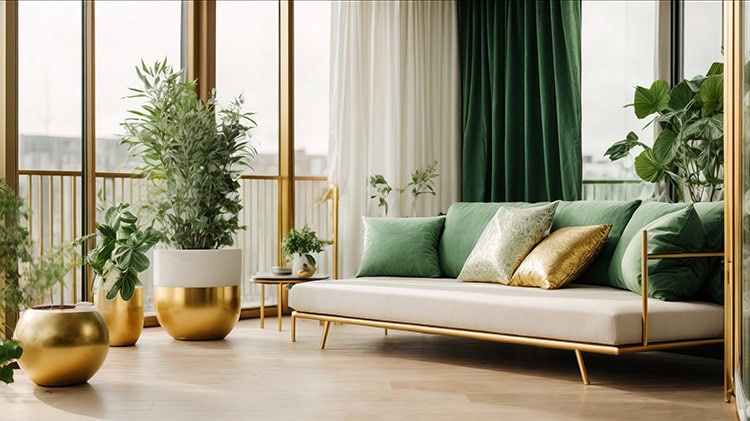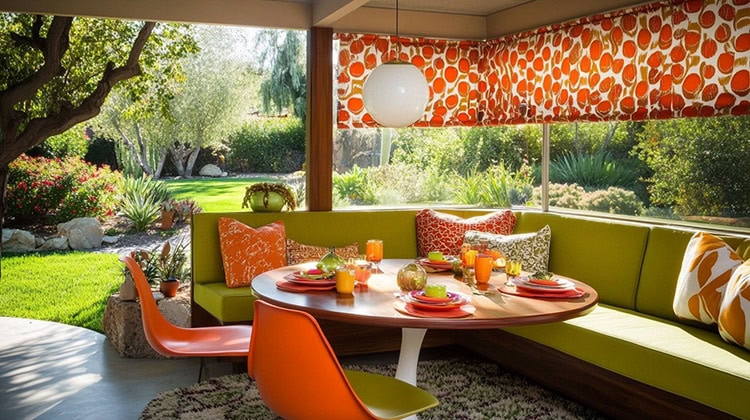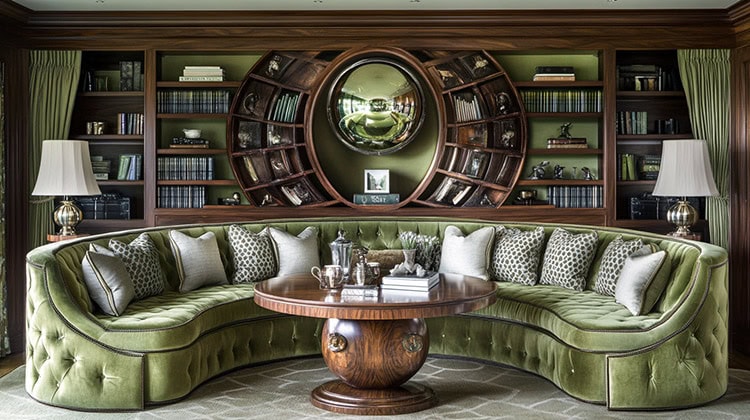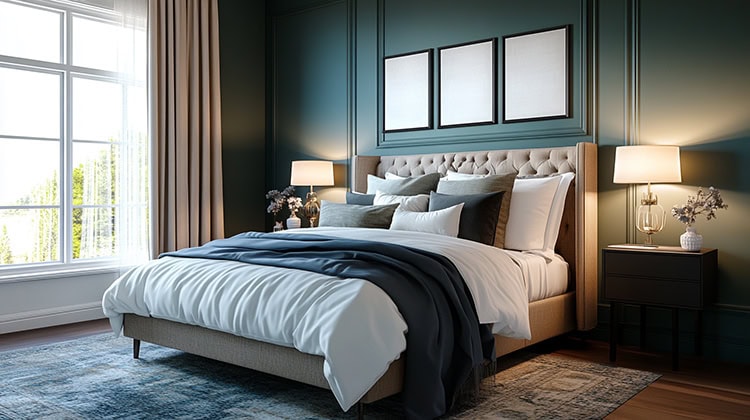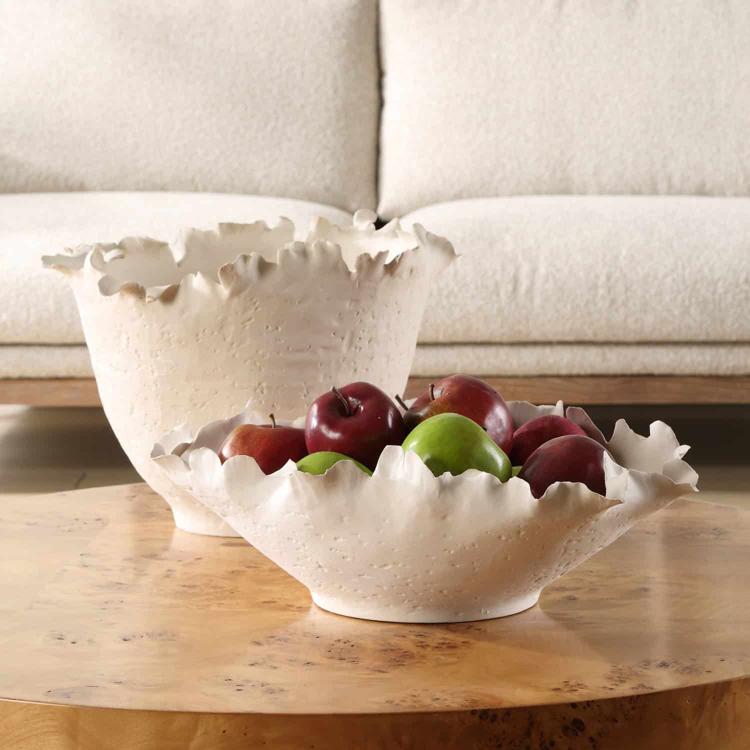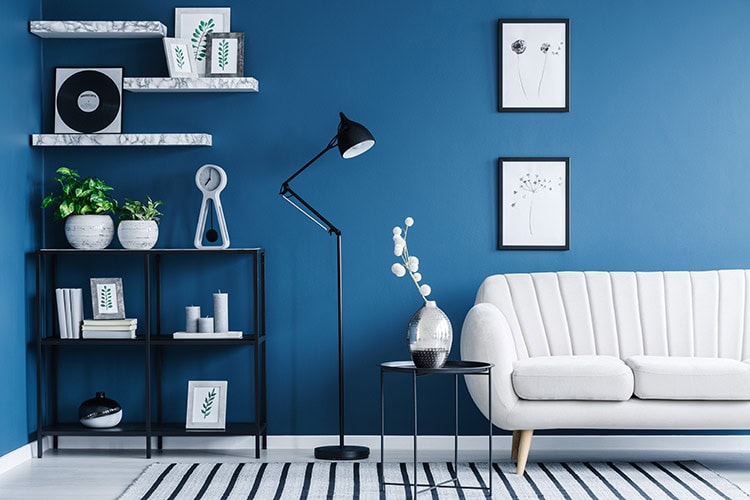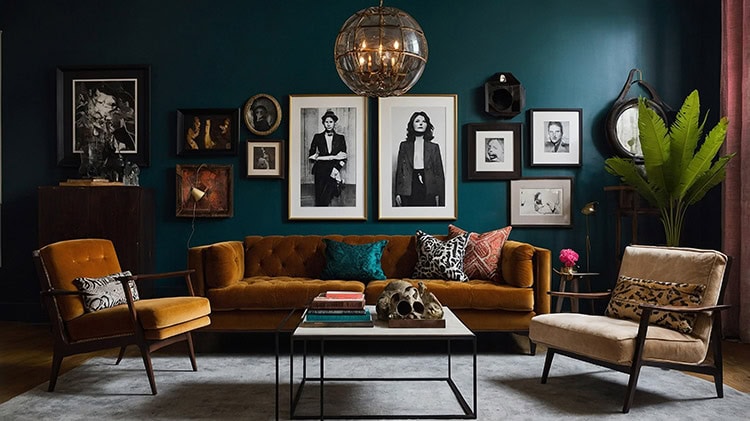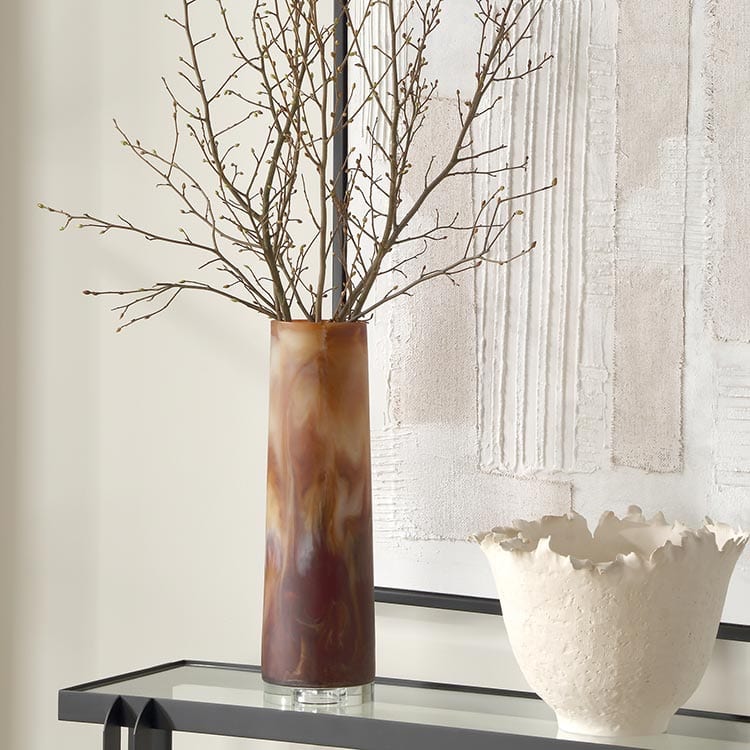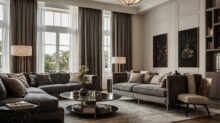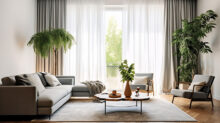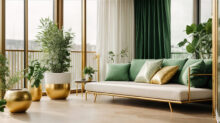Build-a-Room Series: Luxurious Neutral Living Room
Okay, generally we are loving color… like… a lot! But sometimes a well done neutral palette can be truly pop. This living room exemplifies the understated elegance that neutral palettes can achieve when executed thoughtfully. People often dismiss neutral colors as the safe choice, but this room tells a different story. The rich layers of texture and tone create a space that’s both striking and timeless.
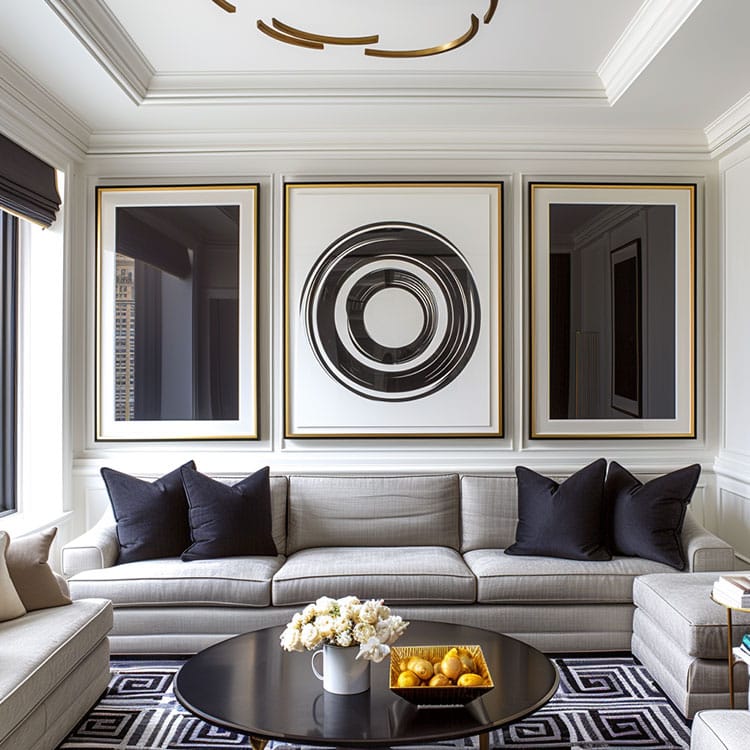
Here we’ll walk you through recreating beautiful spaces in your own home, step by step. We’re starting with this neutral living room to showcase how versatile these palettes can be. If bold colors and patterns are more your style, don’t worry—we’ll cover those in future installments.
The Psychology of Neutral Spaces
Luxury hotels, premium spas, and high-end homes often adopt neutral color schemes for good reason. Neutral colors create spaces that feel instantly soothing. They’re popular in spas and luxury hotels for good reason – studies show they can actually reduce stress and make us feel more at ease. Who doesn’t want that in their home?
Expertly designed neutral rooms also maintain their relevance. While popular colors shift with trends (remember avocado green appliances?), carefully crafted neutral spaces remain appropriate for years, allowing updates to smaller elements without requiring complete renovation.
Creating Your Foundation: The Perfect Neutral Sofa
Every inviting living room starts with a comfortable sofa. As the largest piece of furniture in most rooms, choosing a neutral sofa offers maximum flexibility. “Neutral” goes beyond white and beige—think rich sandstone, refined khaki, adaptable grey, or even bold black. These colors give you a foundation that never goes out of style, while letting you switch up accessories with the seasons.
Search for sofas with clean lines and generous dimensions that look great but still feel super comfortable when you sit down. Custom pillows add personality while keeping the overall look pulled together. For compact areas, look for a loveseat that gives you the same style in a smaller package.
When selecting upholstery, fabrics combining visual texture with physical comfort create the most appealing seating. Try materials that blend linen’s breezy texture with chenille’s comfort – they’re ideal whether you’re just hanging out or hosting dinner.
Sofa Positioning for Maximum Impact
How you place your sofa affects both function and visual appeal. Consider these practical tips:
- Leave about 18 inches between your sofa and coffee table so people can move around easily
- Put your sofa where it gets natural light but won’t give you glare when watching TV
- Make sure the sofa doesn’t block doorways or natural walking paths
- Try to create balance in the room, but comfort and usability come first
Complementary Seating: Adding Dimension
To build a rich neutral space, add accent chairs that complement your sofa but stand out on their own. Look for chairs with interesting shapes that are still super comfortable.
Fabrics make a huge difference here – microfiber suede adds texture that makes your room feel layered rather than flat. Deep chocolate brown looks amazing against lighter pieces, while rust or peat colors offer other great options that keep things neutral but interesting.
Creating Conversation Areas
A well-arranged seating area naturally brings people together. Try angling chairs slightly toward your sofa to create a natural conversation circle that still feels open. This setup:
- Makes face-to-face chats easier
- Gives the living area clear boundaries
- Creates a cozy feel without cramming furniture together
- Keeps pathways clear for walking through the room
If you have a bigger room, try setting up two different seating spots – maybe your main sofa area for TV watching and a comfy reading corner with a chair and footstool.
Finishing Elements That Create Visual Interest
The Value of a Statement Rug
Notice how the charcoal rug anchors the space while echoing the black picture frames? Consider rugs with striking patterns in refined fog and beige color combinations.
A well-chosen rug doesn’t just protect floors—it defines the seating area, adds acoustic comfort, and introduces subtle pattern without overwhelming the space.
Rug Sizing and Placement
The right rug size can make your room feel pulled together or awkwardly chopped up. For living rooms, aim for a rug that’s large enough for at least the front legs of all seating to rest on it – this instantly creates a cohesive conversation area. An 8’x10′ or 9’x12′ rug works for most standard living rooms, while smaller spaces might need a 5’x8′. As a general rule:
- In living rooms, all major furniture pieces should either sit completely on the rug or have at least the front legs on the rug
- Leave 12-18 inches of exposed flooring between the rug and walls
- Think about traffic patterns when positioning the rug to prevent tripping hazards
- In open-concept spaces, use rugs to mark distinct functional areas
The Role of Thoughtful Lighting
Good lighting can make or break a neutral room. Without proper lighting, beige walls can look dingy and grey sofas can appear flat. Start with a mix of lighting types – overhead for when you need to see everything, table lamps for everyday use, and accent lights to highlight art or architecture. The warmth of your lightbulbs matters too – opt for bulbs with a color temperature between 2700K-3000K to keep those neutral tones looking rich instead of washed out.
Consider these lighting layers for your neutral space:
- Ambient lighting: Overhead fixtures for overall illumination
- Task lighting: Reading lamps and directional lighting for specific activities
- Accent lighting: Wall lights or picture lights that highlight architectural features
- Decorative lighting: Statement fixtures that act as visual focal points
The finish of your lighting fixtures offers another opportunity to introduce subtle contrast. Brushed metals, aged brass, or matte black finishes can add depth without disrupting your neutral palette.
Completing Your Neutral Living Room
To pull off a great neutral living room, focus on these key elements:
- Light-colored smaller pieces that break up heavier furniture
- Walls with texture instead of just flat paint
- Statement light fixtures that double as art pieces
- A mix of materials like glass, wood, metal and natural fibers
The Art of Accessorizing Neutral Spaces
In a neutral room, each accessory gets noticed more since bright colors aren’t competing for attention. Follow these simple ideas:
- Mix up heights – tall vases, medium books, and low bowls create interest
- Combine different materials – glass catches light, wood adds warmth, metal brings shine
- Add something alive – plants bring color and energy to neutral spaces
- Choose things that mean something to you – vacation finds, family photos, or inherited pieces
- Don’t overcrowd – empty space is just as important as the stuff you display
Different Approaches to Neutral Rooms
There’s no single “right way” to do neutral. Here are some styles to consider:
Modern Minimalist
Clean whites, light woods, and simple shapes. Less is definitely more here, with focus on a few perfect pieces and plenty of open space.
Classic Traditional
Warm beiges, rich browns, and furniture with history. Details like nailhead trim and carved wood give these rooms their character.
Organic Natural
Textured linens, raw woods, and stone elements create a casual, nature-inspired vibe. Colors come from sand, stone, and soil tones.
Industrial Chic
Concrete greys, dark metals, and worn leathers create an urban, loft-like feel. Raw materials and architectural elements steal the show.
Why This Approach Works
Neutral rooms work because they’re not just “no color” – they’re actually full of subtle hues with their own personality. By layering different shades and textures, you create richness without needing bright colors. The room feels calm but never boring.
Starting with neutrals also means you can work with almost any style of home and easily update your look as your taste changes over time.
Maintaining Your Neutral Living Room
One nice bonus of neutral rooms? They’re easier to keep looking good! Try these practical tips:
- Look for stain-resistant fabrics on couches and chairs that get used daily
- Choose darker neutral tones for high-traffic spots like entryway rugs
- Keep a good fabric cleaner handy for quick spot treatments
- Consider slipcovers if you have kids or pets
- Flip and rotate cushions regularly so they wear evenly
Join us next time when our Build-a-Room Series tackles “Bold Color in Small Spaces: Making a Statement in Compact Rooms“.

